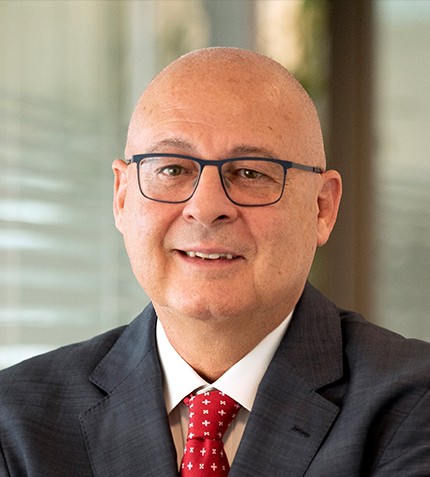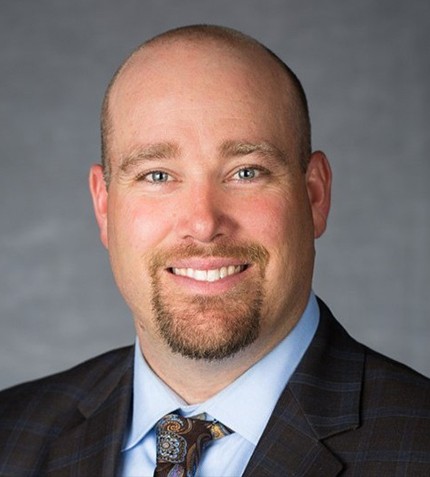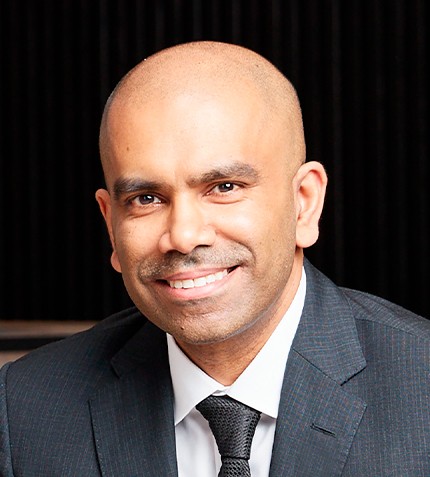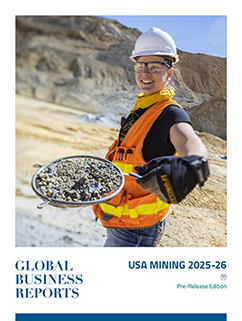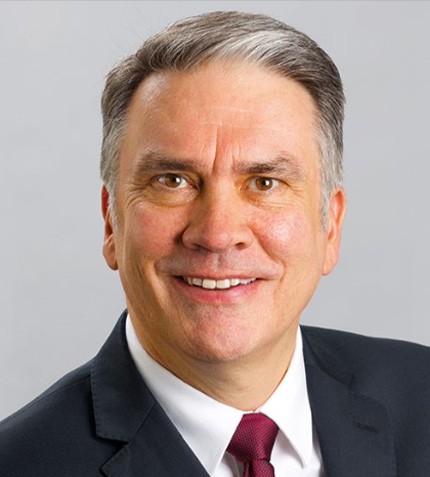
"The company is expanding its footprint in Latin America and opened a new office in Peru in February."
Martin Sack
REGIONAL HEAD AMERICAS, LESCHACO
In 2021, Leschaco experienced good business volume in the three countries it operates in Latam – Mexico, Brazil and Chile – to what extent has this strong demand continued in 2022?
Leschaco has been able to maintain good volumes in Latin America in 2022, and the first half of the year was above expectation in comparison to our budgeted figures. Despite of external economic and logistics turbulences, the company is expanding its footprint in Latin America and opened on February 01, 2022 a new office in Peru, which is an exciting new market for us and aligns with our plan to further grow the business in the region. Looking ahead, we have not experienced any decline related to the external environment yet but are concerned about the development towards 2023.
How are the themes related to logistics disruptions impacting the industry?
For Leschaco, this state of VUCA (volatility, uncertainty, complexity, and ambiguity) appears to be the new normal and we do not foresee things going back to as they were in the past. Companies must adapt to this new environment and pro-active management requires interaction with all partners, customers, and stakeholders in the supply chain. Traditionally in Latin America there has been a focus on doing quick and spot business which is not conducive to consistent volumes. The region needs to focus on planning business better, meanwhile space allocation on the vessels remains tight.
To what extent could the re-regionalization of supply chains benefit Latam nations?
The US in particular sees Mexico as the perfect location for opening more and more production facilities. Although labor in Mexico is not as cheap as in Asia, the cost saving from short-distance logistics routes is significant.
On the other hand, logistics is currently a great challenge and regretfully, the Mexican government is not focusing enough on taking advantage of Mexico’s favorable geographical position. More investment from both the government and the private sector is necessary to really take advantage of this huge opportunity.
What is Leschaco doing to reduce emissions and move products with less environmental impact?
In our Big Picture 2030, Leschaco has a strategic outlook with the aim of being CO2-neutral in 2030.
Our other focus is on the whole supply chain where we do not have full control, but where we can influence and take decisions when it comes to being environmentally responsible. For example, when deciding on new trucking partners, we review their fleet and make decisions with their environment impact in mind. Another example is the Emissions Calculator on our website. This is an easy-to-use digital tool that helps our customers calculate and optimize the emissions of their shipments. They can select either one main mode of transport or several modes to compare and modify the environmental impact of different transport chains.
Which technologies can help the logistics industry?
At Leschaco, we are implementing a new TMS (transportation management system) software this year which will allow for a new setup when it comes to the global management of our products and freight forwarding operations. We also see the need to get more inter-connected with our customers and partners along the supply chain to improve productivity through the intelligent use of existing data.
Considering the uncertain macroeconomic climate, what is Leschaco’s strategy for ensuring resilience?
To be resilient you need to know and understand your business. Operational excellence is core for Leschaco, especially in the environment we are living in. Establishing a learning culture within the company is key for us. Collaboration forms part of resilience – if you can interact transparently and collaboratively with stakeholders, the chances of finding the right solutions are much better.
Leschaco has a culture which looks to the future in an optimistic way – not being afraid of change but adapting to it. On one hand Leschaco is investing in the development of our people and their skill sets, and on the other hand investing in infrastructure and software to ensure that we keep pace.




